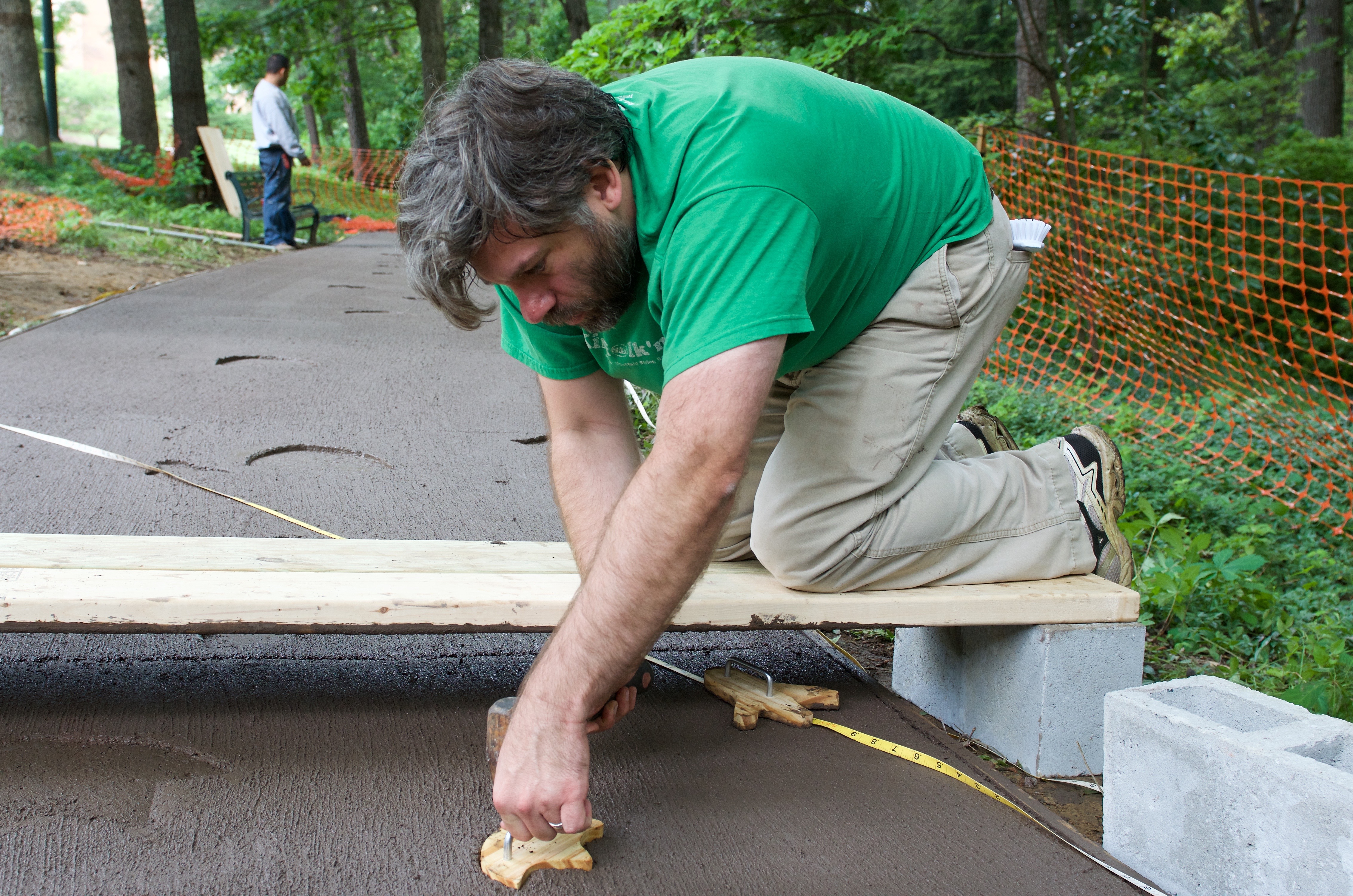Students in UNC Charlotte geologist William Garcia’s classes can imagine they have stepped back in time to the Mesozoic era, as they follow an interactive path of dinosaur footprints newly installed on the university campus.
Garcia has created a model of famous dinosaur track ways that are preserved in the geologic record, placing the concrete model at the edge of the Botanical Gardens across from the Fretwell building, with the help of UNC Charlotte Facilities Management.
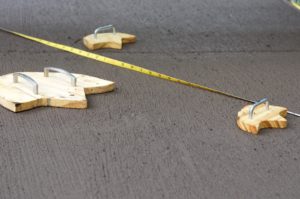 His students and others on campus are now able to step outside the customary lecture-based classroom setting and participate in a hands-on, kinesthetic learning experience.
His students and others on campus are now able to step outside the customary lecture-based classroom setting and participate in a hands-on, kinesthetic learning experience.
“Students learn more by doing, and by recreating this track way they come closer to doing actual paleontology,” says Garcia, a faculty member in the Department of Geography and Earth Sciences. “They go out and measure distance between footsteps and need to make decisions about what part of the print to measure and thus have to consider carefully how the print was made.”
The students study paleontological and geological concepts in their classes.
“I’ll introduce the students to some basic concepts paleontologists use to analyze track ways, particularly a formula used to calculate the speed an animal was traveling when it made a track way,” Garcia says.
“They will read a scientific article in which a track way site is described,” he says. “Then I’ll let them loose on the track way in research teams and ask them to figure out what was going on. The idea is to 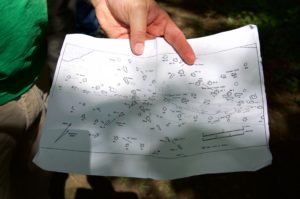 get them to recreate the process a paleontologist would go through if they found the site.”
get them to recreate the process a paleontologist would go through if they found the site.”
When people understand how current processes work, they can make presumptions that those same processes worked the same way in the past, he says. “The students will use the formulae to calculate running speed on themselves to demonstrate that they work, then apply those principles to the dinosaur track way,” he says.
Garcia received a UNC Charlotte Faculty Scholarship of Teaching and Learning (SOTL) grant, through the Center for Teaching and Learning, to implement his idea.
This project creates a permanent, tangible, reusable learning object at UNC Charlotte, says Garvey Pyke, director of the Center for Teaching and Learning.
“This transformational project will be used to teach literally thousands of students about science,” Pyke says.
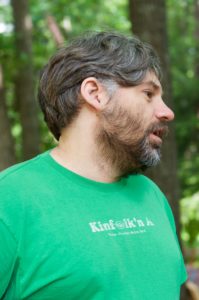 “What’s amazing about this is that it can do the same thing for visitors, not just enrolled UNC Charlotte students,” he says. “With the proper signage, parents and kids, adults and schoolchildren can all learn something about dinosaurs just by having visited and walking around the Botanical Gardens. This is precisely what a university should be doing, by engaging the community.”
“What’s amazing about this is that it can do the same thing for visitors, not just enrolled UNC Charlotte students,” he says. “With the proper signage, parents and kids, adults and schoolchildren can all learn something about dinosaurs just by having visited and walking around the Botanical Gardens. This is precisely what a university should be doing, by engaging the community.”
This project and others funded through the SOTL grants are focused on engaging students as knowledge creators, Pyke says.
“When students actively participate in problem solving and interact with content in making meaning – mentally, physically, verbally, orally – and not just passively listening to lectures or explanations, they learn more deeply,” he says. “We have known this for decades, that active learning is extremely effective. UNC Charlotte has many outstanding faculty who teach this way, and they have been partnering with CTL to collaborate with other instructors to teach this way in all kinds of different disciplines.”
In geological studies in particular, people gain an understanding of modern processes by studying the events of the Earth’s past. Since this is a process-driven concept, it can prove difficult for students to fully understand the material being taught within a lecture format because of a disconnect from the actual process, Garcia says.
Currently, Garcia’s students use paper, pencils and maps to complete the exercises in the classroom. “More frequently I take a large roll of paper from our obsolete large format printer and draw tracks on the paper,” he says. “Then we go outside o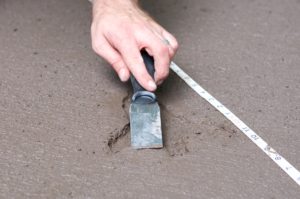 n a nice day and I roll the paper out.”
n a nice day and I roll the paper out.”
With these previous methods, students are working in a less true-to-life setting than they now will experience with the permanent dinosaur track ways.
“This initiative gives students more of an authentic experience, something that recreates how paleontologists actually go about their jobs,” Garcia says. “Research indicates that learning experiences that replicate real-life situations are more powerful than more traditional lecture work.”
For Garcia’s students, they now may even be able to picture themselves back in the time of dinosaurs.
Words: Chelsy Grossman | Images: Lynn Roberson



